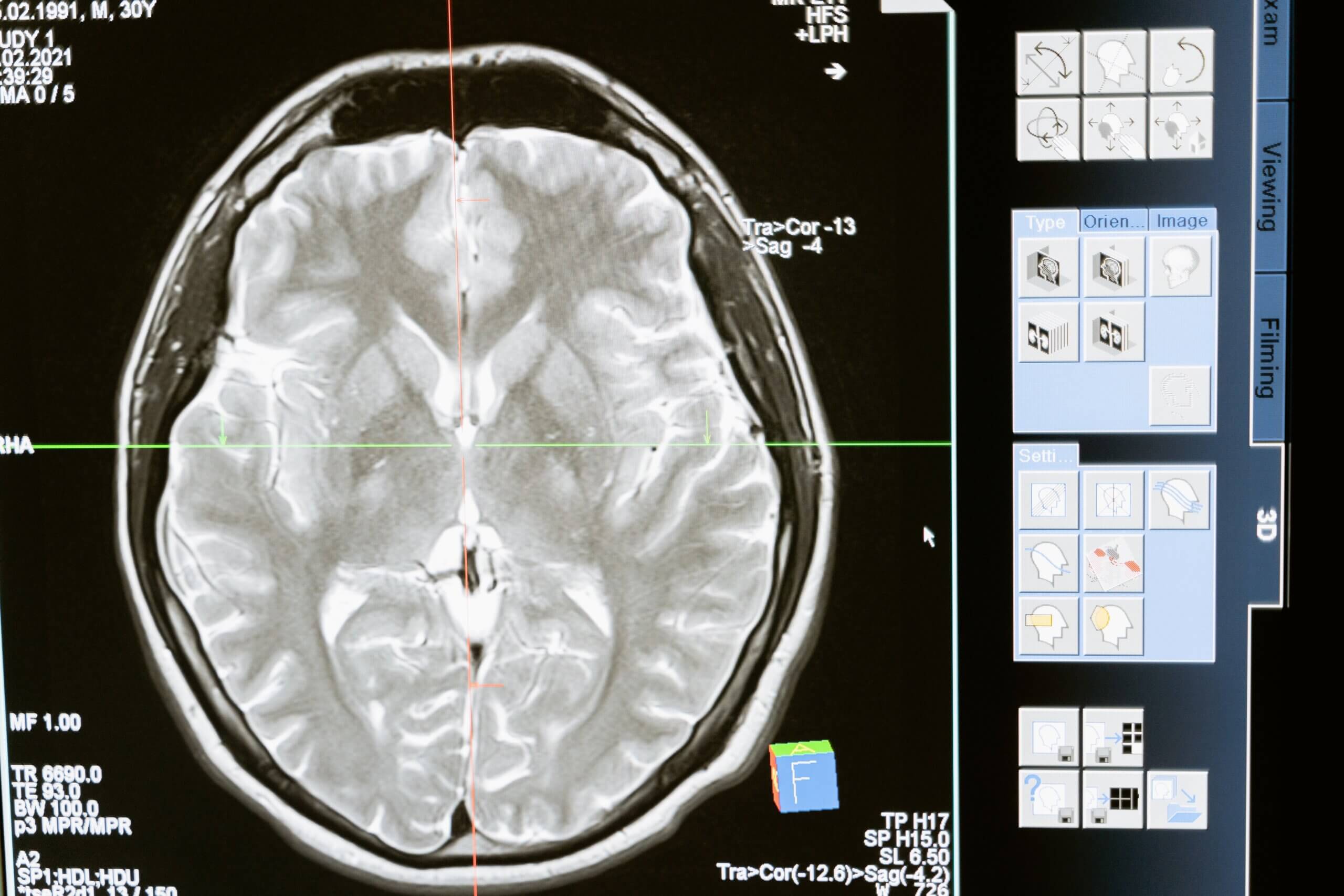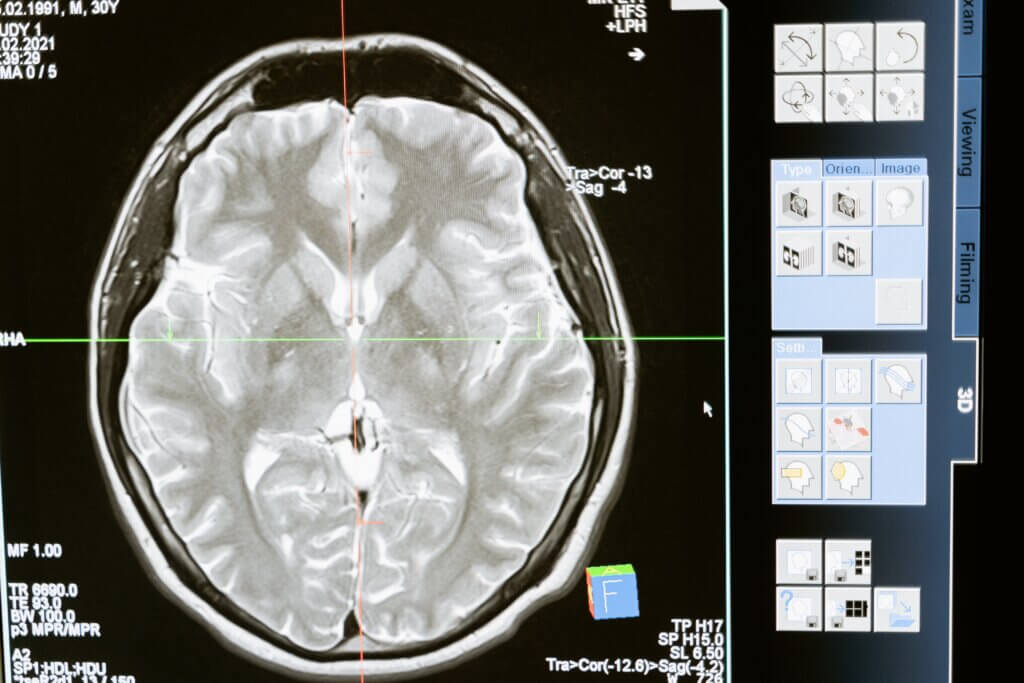Navigating through a complex world can be as challenging as it is essential, not just for us but also for creatures as small as a fruit fly. Yes, you read that right—fruit flies are getting in on the action, and they’re helping scientists at Cornell University understand the brain’s role in navigation. Here’s what’s buzzing in the world of science!
Imagine being as agile and swift as a flying insect, swiftly zipping through the air and avoiding obstacles with ease. For fruit flies, this kind of navigation is critical for their survival. A group of researchers, led by Itai Cohen, a physics professor at Cornell University, is using these tiny creatures to unlock the secrets of how the brain creates a coherent map of the world around them.
Thanks to a generous $6.5 million grant from the National Institutes of Health (NIH), this multidisciplinary team is embarking on an exciting journey. They’re not just studying how fruit flies navigate but also how their brains process information from various senses and adapt to different situations.
“We are gearing up to understand how the flight integrates sensory modality from the antenna, the eyes, and the halteres [balancing organs] in the fly brain,” explains Cohen. “The goal is to understand how the fly integrates sensory information when the sensors agree with one another about what is happening and when they are in conflict.”
Think of it like this: sometimes, you might rely on your sense of touch rather than your sight when you’re in a dark room. Similarly, the researchers want to find out if fruit flies prioritize certain senses over others in specific conditions.
But why fruit flies, you ask? These tiny insects offer a treasure trove of research opportunities. They exhibit a wide range of complex behaviors, and their brains are fully mapped, meaning scientists have a comprehensive understanding of every neuron and how they connect. Additionally, genetic and physiological tools have been developed, allowing researchers to manipulate individual neurons with light. It’s like having a remote control for a fly’s brain!
What makes this research even more exciting is the perfect timing. This study coincides with major advancements in the field. The entire fruit fly brain connectome has recently been mapped and published, providing researchers with a comprehensive blueprint of the fly’s neural circuitry. On top of that, a new library of genetically modified fruit flies has been created, enabling scientists to turn specific neurons on and off using light.
To conduct their experiments, the team is constructing state-of-the-art facilities that combine various techniques. They will subject the flies to visual, wind, and magnetic perturbations while monitoring the wing and body movements that result. This setup will allow them to understand how sensory input influences a fly’s behavior and navigation skills.
But Itai Cohen and his team aren’t navigating this scientific journey alone. They’re joined by researchers from other top institutions, including Johns Hopkins University, Princeton University, Case Western Reserve University, the University of California, Santa Barbara, and Vanderbilt University. This collaboration ensures a diverse range of expertise and resources are brought to the table.
Furthermore, this research isn’t just about fruit flies; it’s about gaining insights into human neurological function. By understanding how these tiny insects process sensory information and navigate complex environments, scientists hope to shed light on similar processes in our own brains.
The future of neuroscience is taking flight with fruit flies, and as researchers delve deeper into this fascinating world, they may uncover answers to some of the brain’s most intriguing mysteries. So, the next time you see a fruit fly buzzing around your fruit bowl, remember that these tiny insects are helping us unlock the secrets of the mind.













